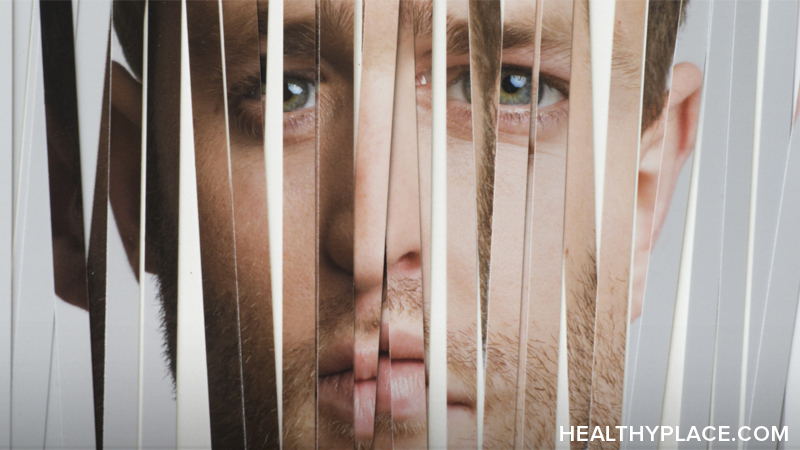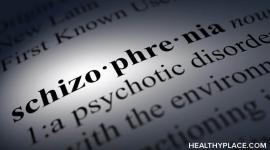Types of Schizophrenia

There are five types of schizophrenia. Although most people think of schizophrenia as a single mental illness, “schizophrenia” is a general term for several forms of the psychotic illness.1,2,3
- Paranoid type schizophrenia – typically consists of false beliefs and hearing things that aren’t there; may be more manageable than other types of schizophrenia (more on paranoid schizophrenia)
- Disorganized type schizophrenia - typically consists of thoughts, speech and behavior that is inappropriate and incomprehensible
- Catatonic type schizophrenia – consists of activity levels on either end of the spectrum; either a dazed, coma-like state or a hyperactive state
- Undifferentiated type schizophrenia – a form of schizophrenia that does not match any of the above types; sometimes this is called schizophrenia not otherwise specified
- Residual type schizophrenia – consists of some schizophrenic symptoms of lesser severity
Schizophrenia types (subtypes) are diagnosed by the symptoms the person is experiencing. However, this is problematic as one person can experience a different set of schizophrenia symptoms at different times, thus leading to multiple schizophrenia subtype diagnoses. For this reason, some researchers feel forms of schizophrenia cannot be reliably diagnosed. And while schizophrenia subtypes were developed in order to inform how to treat a given set of symptoms, right now it’s unclear how specific types of schizophrenia should be treated.
Diagnostic Criteria for Each Type of Schizophrenia
Schizophrenia types are diagnosed based on the Diagnostic and Statistical Manual of Mental Disorders (DSM-IV-TR). The DSM-IV-TR criteria for each form of schizophrenia is as follows:4
- Paranoid type schizophrenia
- Contains: preoccupation with delusions and frequent auditory hallucinations
- Is not prominent: disorganized (confused, incoherent) speech; disorganized or catatonic behavior; flat or inappropriate affect (emotion, mood)
- Disorganized type schizophrenia(disorganized type schizophrenia is also known as hebephrenia)
- Contains: disorganized speech and behavior and flat or inappropriate affect
- Is not prominent: delusions and hallucinations
- Catatonic type schizophrenia
- Contains two of the following: muscle immobility or stupor; excessive, pointless muscle activity; extreme negativism; inappropriate or bizarre postures; repetition of movement or speech
- Undifferentiated type schizophrenia
- Contains the diagnosis of schizophrenia but does not specifically meet one of the above three subtype criteria
- Residual type schizophrenia
- Contains: evidence of schizophrenia
- Is not prominent: delusions; hallucinations; disorganized speech; grossly disorganized or catatonic behavior
If a person exhibits the symptoms for more than one type of schizophrenia, the most prominent symptoms dictate the type.
next: What is Paranoid Schizophrenia? Symptoms, Causes, Treatments
~ all schizophrenia articles
~ thought disorders homepage
APA Reference
Tracy, N.
(2012, April 20). Types of Schizophrenia, HealthyPlace. Retrieved
on 2025, November 18 from https://www.healthyplace.com/thought-disorders/schizophrenia-information/types-of-schizophrenia


